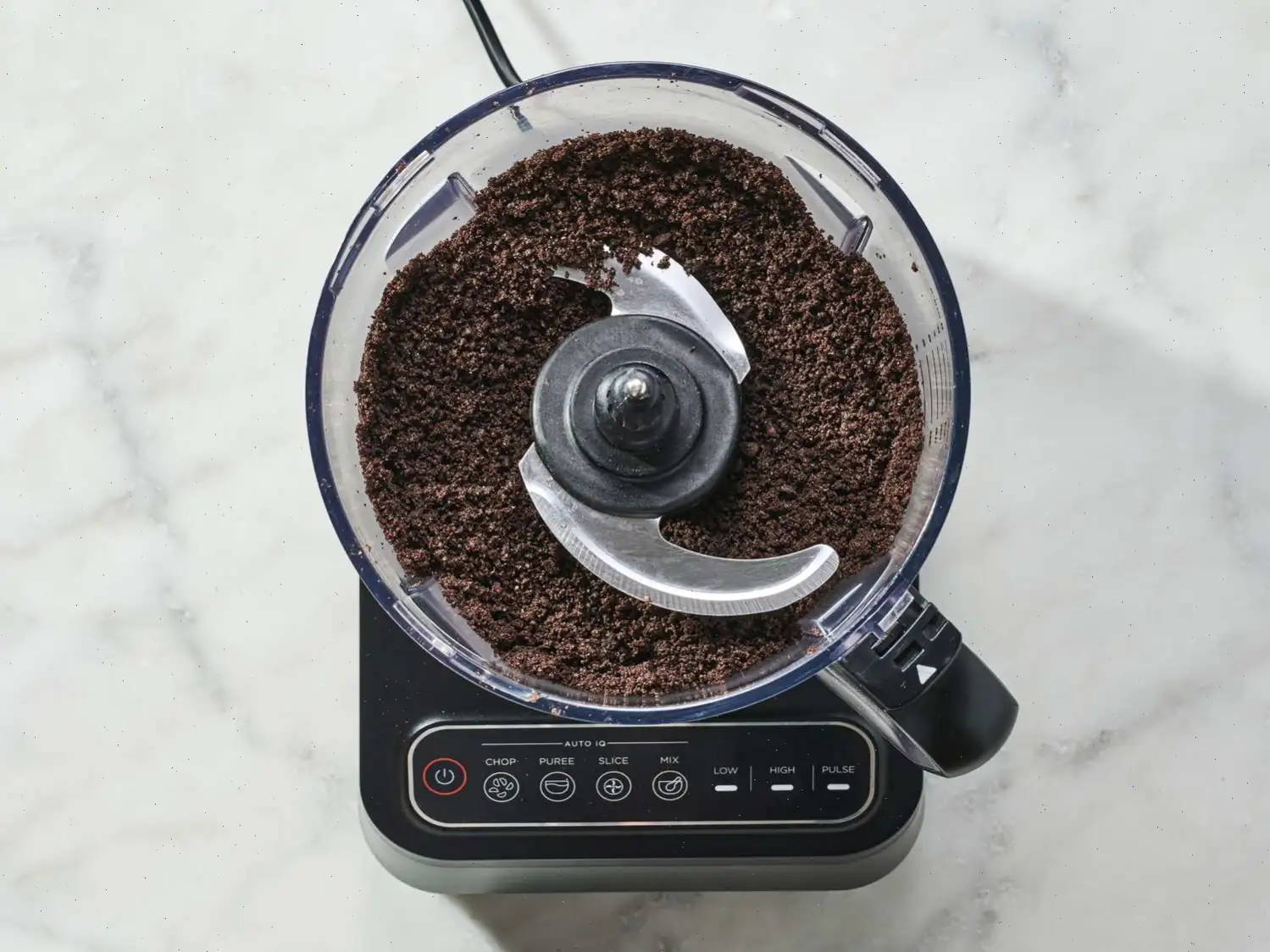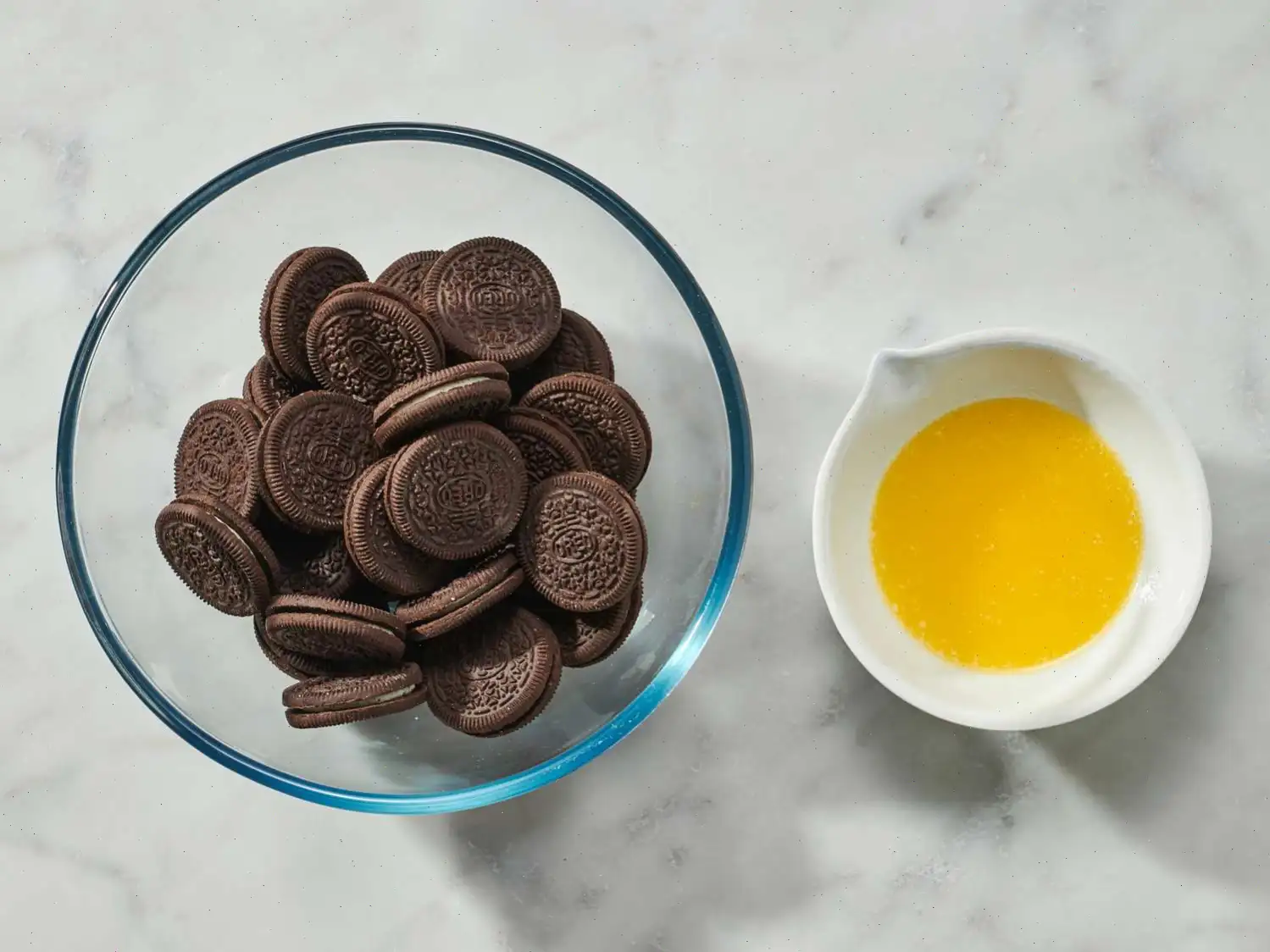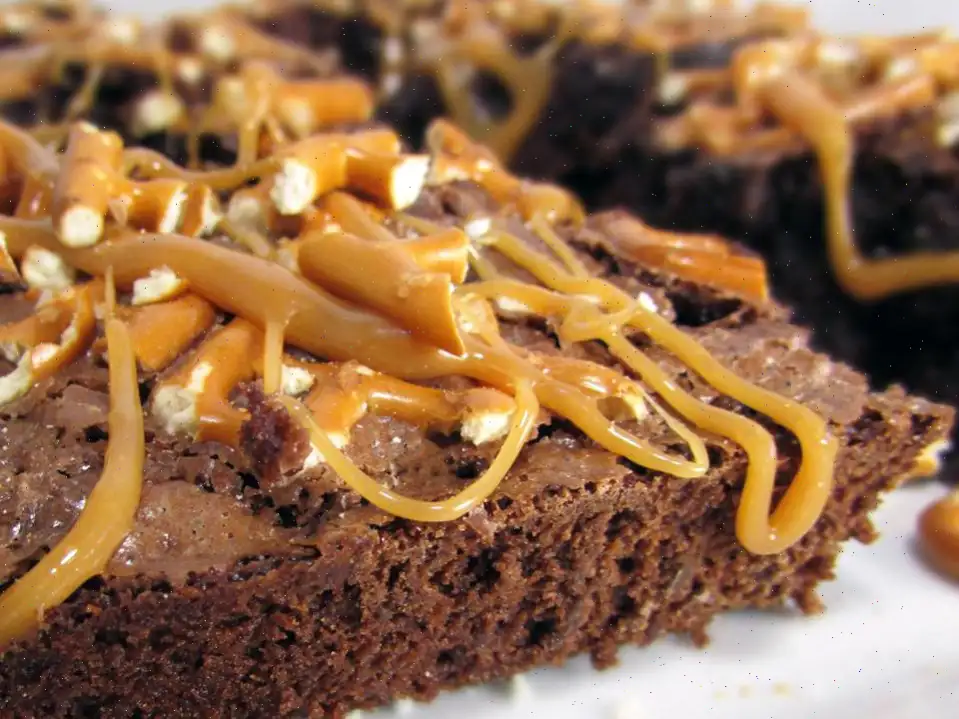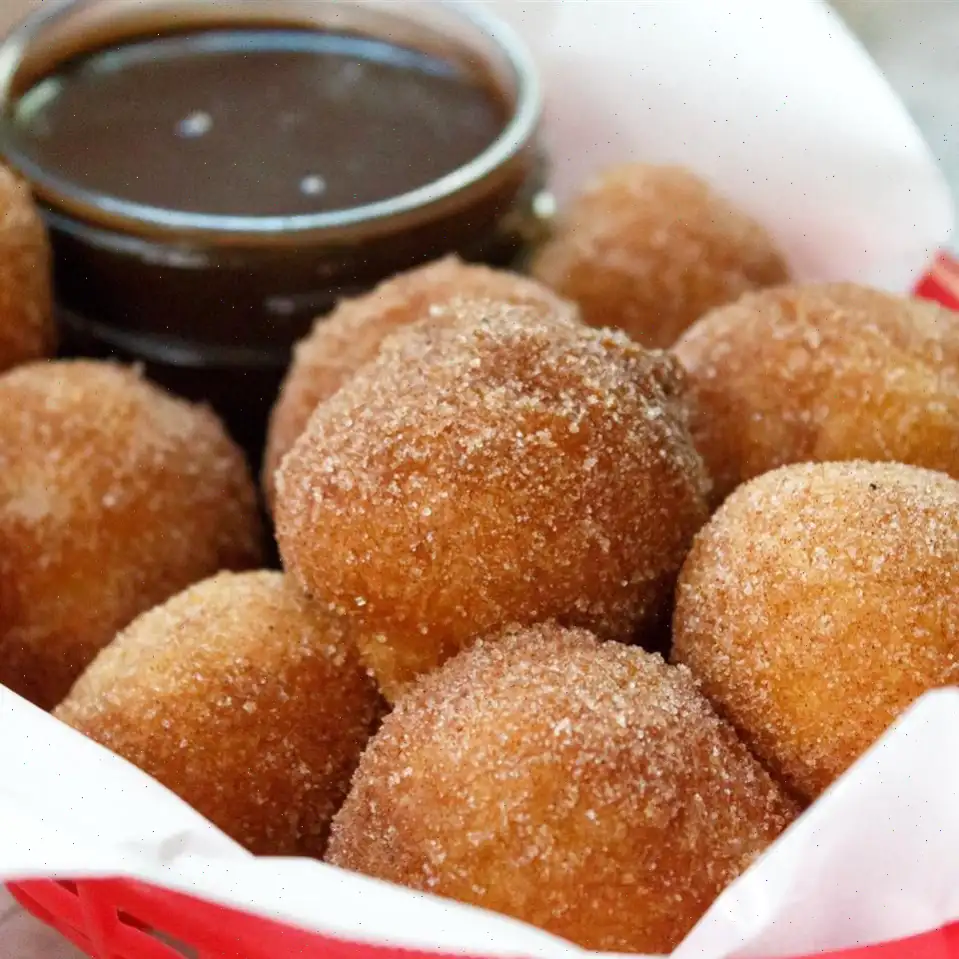
Oreo Cookie Pie Crust Recipe
Chocolate Cream-Filled Cookie Crust
Ingredients
- 30 chocolate creme-filled sandwich cookies, such as OREO
- 5 tablespoons butter, melted
Directions
Step 1: Gather all ingredients.
Step 2: Place cookies in a food processor and grind them into very fine crumbs.
Step 3: Pour the crumbs into a mixing bowl, and add the melted butter.
Step 4: Mix thoroughly with a fork until the mixture is well combined.
Step 5: Press the crumb mixture into the bottom of a 9-inch springform pan, ensuring its evenly distributed.
Cook's Note: If you're making a cheesecake, you dont need to bake the crust. However, if you plan to use it for something like a cream pie, preheat your oven to 325F (170C) and bake the crust for about 15 minutes, or until firm.
Nutrition Facts (per serving)
- Calories: 624
- Total Fat: 35g (45% DV)
- Saturated Fat: 14g (69% DV)
- Cholesterol: 19mg (6% DV)
- Sodium: 413mg (18% DV)
- Total Carbohydrate: 75g (27% DV)
- Dietary Fiber: 2g (8% DV)
- Total Sugars: 38g
- Protein: 6g (12% DV)
- Iron: 6mg (36% DV)
- Calcium: 26mg (2% DV)
- Potassium: 198mg (4% DV)
* Percent Daily Values are based on a 2,000 calorie diet. Your daily values may be higher or lower depending on your calorie needs.
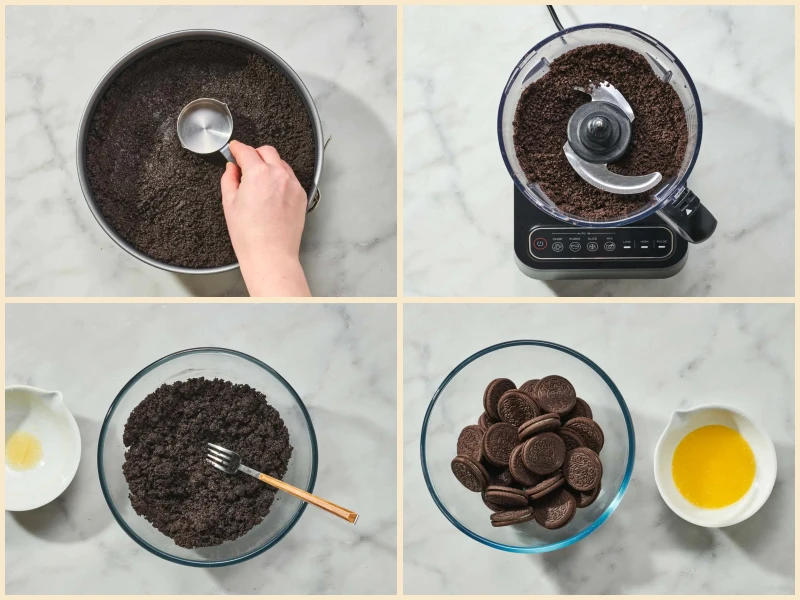
The Story Behind Oreo Cookie Pie Crust
The Oreo cookie pie crust, a modern twist on traditional pie crusts, draws its roots from the classic American cookie, the Oreo, which was first introduced by Nabisco in 1912. Originally marketed as the Oreo Biscuit, the cookie became an instant favorite for its chocolate wafer exterior and sweet creme filling. The idea of transforming these beloved cookies into a pie crust emerged in the late 20th century when bakers began experimenting with crumb-based crusts as a quicker, no-roll alternative to traditional pastry dough. The Oreo pie crust combines nostalgia with convenience, offering a rich, chocolatey base for cheesecakes, cream pies, and tarts.
Regional Variations and Specialties
While the Oreo cookie pie crust is primarily associated with American desserts, variations have emerged across the globe. In the United States, it is most commonly paired with cheesecakes, chocolate mousse pies, and key lime pies. In Europe and Asia, bakers sometimes substitute local chocolate sandwich cookies to recreate the crust, adding regional flavors such as matcha, hazelnut, or speculoos. Some American bakers even add a pinch of cinnamon or espresso powder to enhance the depth of flavor, creating subtle differences that distinguish one version from another.
How It Differs From Similar Crusts
The Oreo cookie crust stands apart from other crumb crusts, such as graham cracker or digestive biscuit bases, due to its distinctive chocolate-and-creme flavor. Unlike plain biscuit crusts, which rely mainly on butter for richness, the Oreo version incorporates the cookie filling, giving it a slightly sweeter and more intense taste. Its texture is also denser and more cohesive, making it ideal for no-bake desserts where a firm, chocolatey base is desired.
Typical Serving Occasions
Oreo cookie pie crusts are often served in casual settings, such as family gatherings, holiday parties, and birthday celebrations. Cheesecakes with Oreo crusts are popular at restaurants and bakeries alike, particularly in dessert-focused cafes. The crusts versatility allows it to support both chilled and baked desserts, making it a favorite choice for special occasions and everyday indulgences alike.
Fun and Interesting Facts
- The Oreo cookie pie crust is sometimes referred to as a crumb crust due to the method of grinding cookies into fine crumbs and binding them with butter.
- Despite its simplicity, this crust can be made without baking for many cheesecakes, saving time and preserving a softer texture.
- Innovative bakers have created colorful versions using different Oreo flavors, such as Golden Oreos, mint, or birthday cake variants.
- The crusts chocolate intensity pairs exceptionally well with contrasting flavors like lemon, caramel, or peanut butter, creating endless dessert possibilities.
- Oreo cookie pie crusts are a popular choice for dessert competitions and Instagram-worthy treats, thanks to their striking appearance and universal appeal.



